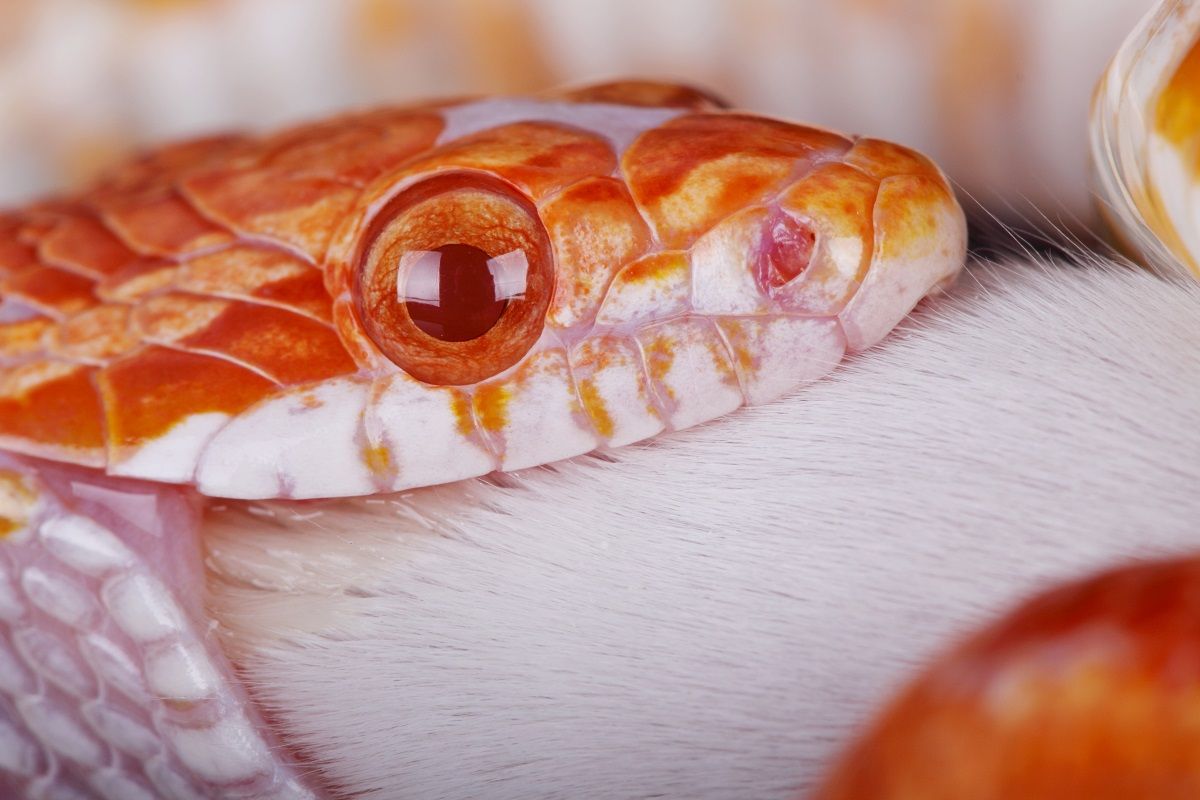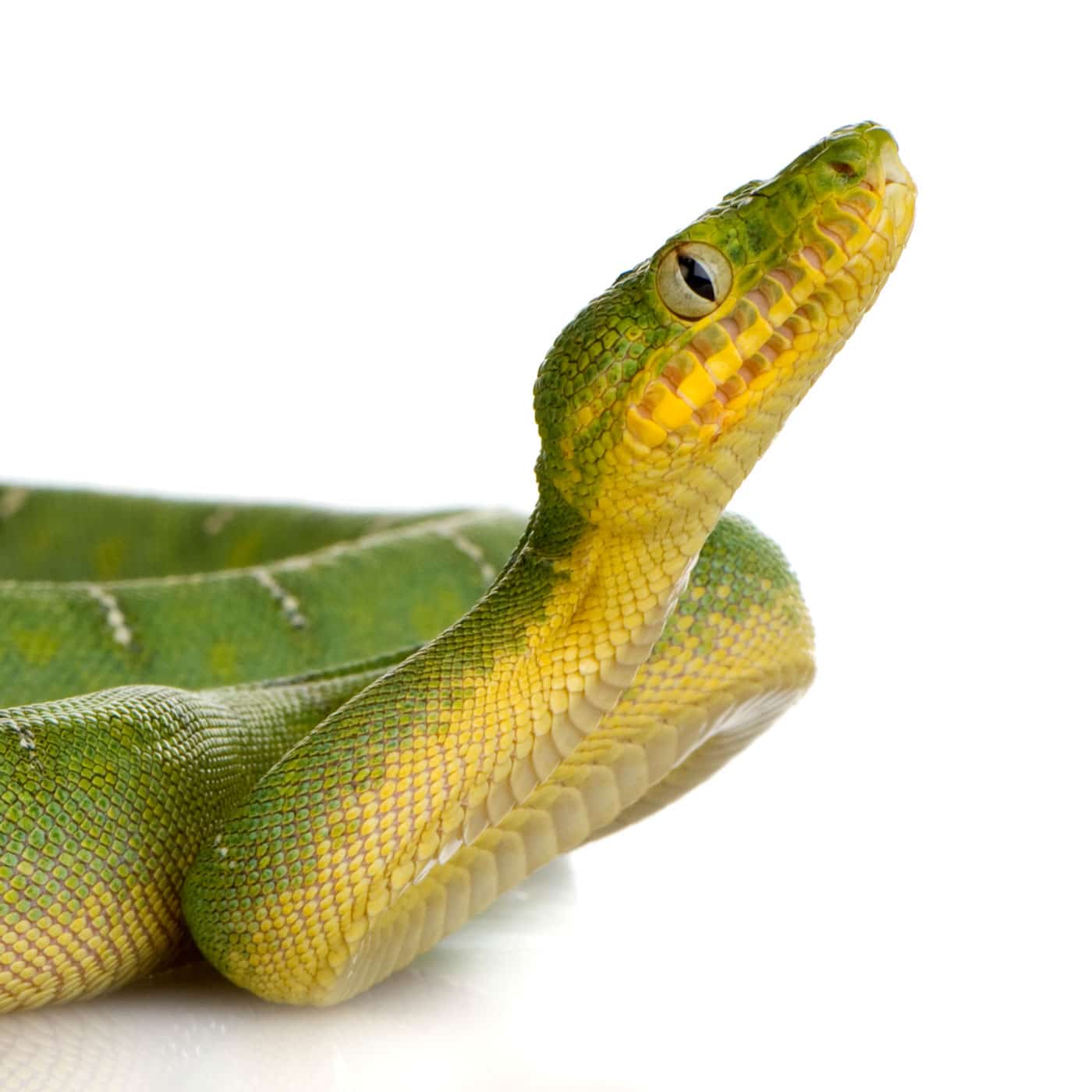Accept the Exotic: Snake for Sale Choices Await Exploration
Important Care Tips for Pet Dog Snakes: A Novice's Guide
As novice reptile fanatics start the journey of caring for family pet snakes, understanding the fundamental concepts of proper husbandry is paramount. Establishing a solid structure for the wellness of these captivating animals includes a collection of necessary care pointers that can make a considerable distinction in their wellness and joy. From selecting the best serpent varieties to producing a suitable environment and maintaining optimum environmental problems, each step plays a critical function in promoting a flourishing partnership between proprietor and serpent. By checking out the details of snake treatment, people can unlock a globe of expertise that will not just profit their scaly buddies but likewise grow their gratitude for these impressive animals.
Choosing the Right Serpent Variety
When selecting a snake species as an animal, it is important to take into consideration aspects such as treatment, character, and dimension needs. These components play a substantial duty in ensuring that the serpent and the proprietor have a harmonious and fulfilling relationship. Size is an important consideration as it directly influences the room needed for the snake to thrive comfortably. Some varieties, like the Round Python, remain fairly small, making them appropriate for novices or individuals with minimal room. On the other hand, species such as the Burmese Python can grow fairly large, calling for a more substantial unit and specialized treatment.
:max_bytes(150000):strip_icc():focal(849x610:851x612)/Missing-snake-032924-2-cd7de126433d4f1eb2e7b0de1addaa48.jpg)
Setting Up the Perfect Room
To create an ideal living atmosphere for your animal snake, precise interest to detail is required when setting up the room. The very first consideration is the size of the enclosure, ensuring it provides ample room for your serpent to relocate about and extend out easily. A basic guideline of thumb is to have a storage tank that is at the very least as long as the serpent's length and broad adequate to permit for numerous concealing areas and a water bowl.
Substrate option is vital, as it not just influences the visual appeals of the unit however also plays a duty in preserving proper moisture degrees. Popular substratums include aspen shavings, cypress compost, and paper towels, each using different advantages depending on the serpent species and wanted humidity degrees.
Including a temperature level gradient is necessary for your snake's total health. Make use of heat lamps, warm pads, or ceramic heaters to develop a cozy side and a cooler side within the room, allowing your snake to manage its body temperature as needed. In addition, offering ample illumination, concealing spots, and climbing branches will certainly offer enrichment and stimulation for your pet serpent.
Providing Appropriate Home Heating and Lights
Appropriate home heating and lights are vital parts in creating a suitable habitat for your pet serpent. Snakes are ectothermic, implying they count on external sources of warm to control their body temperature level. To simulate their natural atmosphere and guarantee your serpent's health, it is essential to supply a correct warmth slope within the enclosure. This gradient includes a warm basking spot at one end, preserved at around 85-90 ° F for a lot of serpent varieties, and a cooler location around 75-80 ° F at the various other end to permit for thermoregulation.
For heating, under-tank heating pads or warm tape are frequently utilized to produce a warm spot for your snake to bask. It is important to keep track of the temperature on a regular basis with a reliable thermostat to stop getting too hot or cooling. visit Furthermore, snakes require a regular light-dark cycle to maintain their body clock. Utilizing a full-spectrum UVB light can be advantageous for sure species to assist in vitamin D3 synthesis.
Remember to investigate the particular heating and lights demands for your serpent types to offer a healthy and comfortable setting for your animal. snake for sale.
Establishing a Feeding Regimen
Exactly how can pet serpent owners make certain a constant and well balanced feeding routine for their reptile buddies? Establishing a feeding routine is important for the health and wellness of pet serpents. Snakes have varying feeding regularities based on their varieties, age, and size. Study the particular nutritional needs of your snake varieties to figure out the suitable feeding timetable. Usually, grown-up snakes are fed when every 1-2 weeks, while more youthful snakes may call for more regular dishes.
When feeding your snake, choose suitably sized prey items. The see it here dimension of the prey need to match the snake's girth for appropriate food digestion and to stay clear of regurgitation. Frozen target items are recommended as they position much less risk to your snake contrasted to live target, which can injure the snake during feeding.

Handling and Mingling Your Serpent
When taking care of and mingling your family pet serpent, it is essential to technique with caution and respect for their natural behaviors and borders. Snakes are solitary pets naturally and might not seek out social interaction like other pets. Nonetheless, with constant and mild handling, lots of snakes can become familiar with human call.
Before trying to manage your snake, ensure that they fit and not in shed or digestion mode, as this can make them extra cranky. Approach your snake calmly and with confidence, supporting their body properly to make them feel secure. Prevent unexpected motions or loud sounds that might stun them.
Start with brief handling sessions and progressively raise the time as your serpent ends up being more familiar with being held. Be observant of their body language - if they reveal signs of stress and anxiety like hissing, fast tongue flicking, or coiling tightly, it's ideal to put them back in their unit.
Keep in mind that not all serpents take pleasure in handling, and it's crucial to appreciate your pet dog's preferences. Normal, gentle communications can assist construct count on and decrease tension for your serpent, leading to a much more favorable relationship in between you both.
Verdict
Finally, it is essential for novice serpent owners to very carefully pick the best serpent varieties, set up an appropriate unit, give sufficient home heating and lighting, establish a feeding routine, and handle their serpent properly. Complying with these treatment pointers will guarantee the wellness and joy of the pet dog snake, creating a harmonious connection in between proprietor and reptile.
When picking a snake species as an animal, it is vital to take into consideration elements such as dimension, treatment, and personality needs. Some serpents, like the Corn Serpent, often tend to be forgiving and manageable of handling, making them perfect for those new to snake ownership. Researching and understanding these needs specific to the varieties you are taking into consideration is important to offer proper treatment and ensure anonymous the serpent's health. Commonly, grown-up snakes are fed once every 1-2 weeks, while younger serpents might need more constant dishes.
